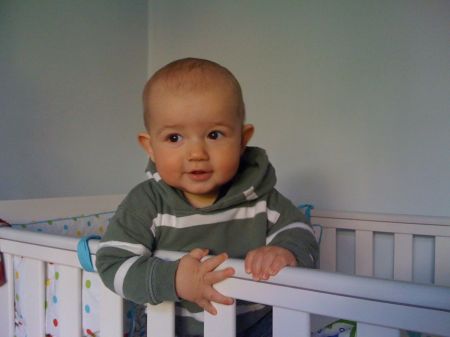
The impact on group performance of a well assimilated change during the five stages of the Satir Change Model
Steven Smith has a very interesting post discussing the Satir Change Model – a model of group process which charts the impact of innovations in organisational dynamics.
Smith discusses the impact of change on organisational dynamics. The Satir Change model is derived from family psychology, which tracks the changes in family behaviour after the introduction of a new or disruptive event.
What the model finds is that after a new way of acting or behaving is adopted, there is a drop in performance often followed by a period of chaos or disruption. This then restabilises to a higher level than before after group members internalise and embrace the circumstances of the new condition.
Clark Quinn then comments upon this, applying the model to organisational change. He suggests that breaking new conditions or changes of behaviour into small, bite sized chunks might actually help reduce the negative aspects associated with change adoption. Introducing these at the right time, and in the right order, may be the key to progressive, ongoing organisational change.
Smith then summarises this process in a table, reproduced below:
Many thanks to Steven and Clark for discussing this issue in the context of organisational change.
What lessons might this hold for humanitarian bearocratic change in the face of increasing numbers of disruptive, change-inducing events? Depending on the magnitude and frequency of these events (both increasing), it is possible that such organisations could hypothetically be driven down a process of ever decreasing performance if such changes happen fast enough. On the other hand, embracing and understanding a model such a this (if it works in the context of your organisation) could help managers better navigate these changes.
UPDATE – This also suggests that in order for organisations to learn and improve, they must be subject to creative, disruptive, potentially even destructive events. If one is serious about change management and organisational adaptation, doesn’t it make sense to bring about such small events in order to help agencies and organisations better strengthen their “immune systems” in this regard? In this case, do the ends justify the means?




 Posted by noahraford
Posted by noahraford 
 Add our RSS feed
Add our RSS feed